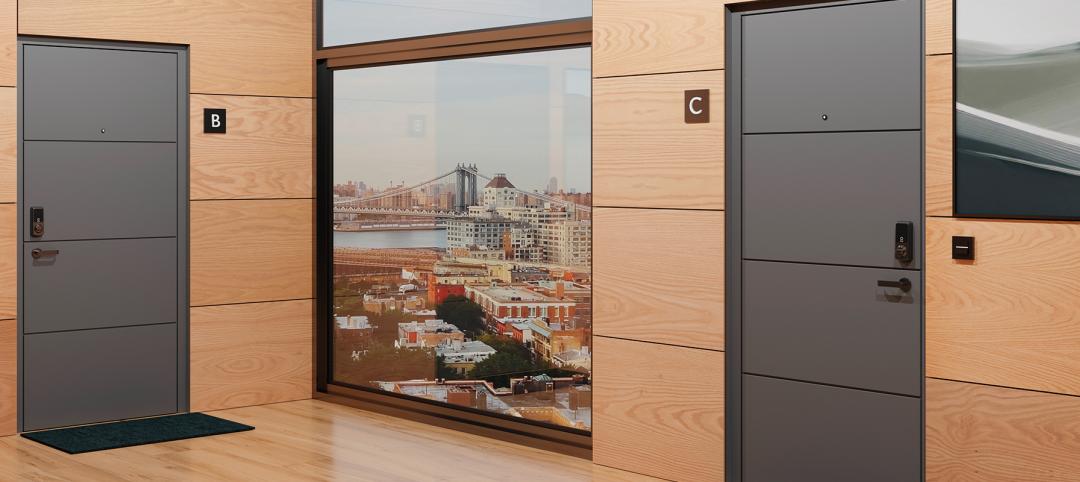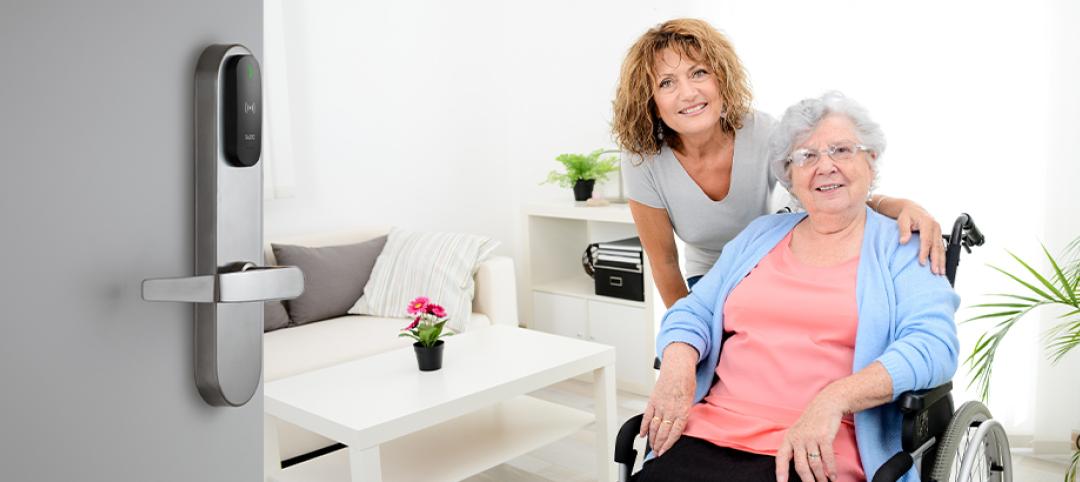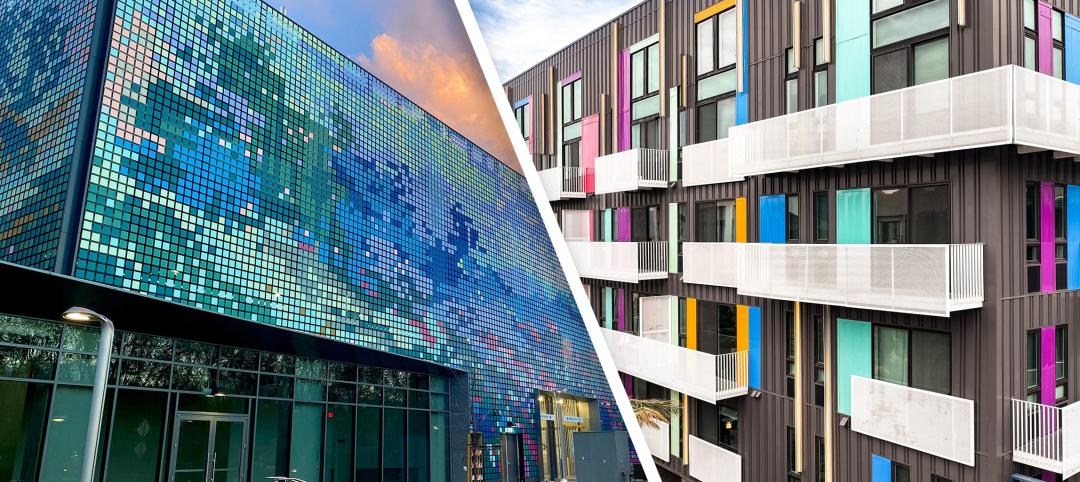The recent mass shooting at an L.G.B.T. nightclub in Orlando, Fla., once again raises emotional questions about gun ownership, the government’s antiterrorism policies, and how to thwart an ideologically motivated, if deranged, individual from wreaking havoc in the future.
In an opinion piece published in the Chicago Tribune on Monday, the newspaper’s architecture critic Blair Kamin notes that terrorist targets are no longer confined to high-profile buildings such as the World Trade Center in New York. They are occurring with greater frequency in places where large numbers of people gather, like the concert hall in Paris where, last November, gunmen killed nearly 90 people.
The Orlando attack killed 49 people in the club Pulse, which Kamin points out would have seemed the most unlikely of targets, even knowing the profile of its Muslim-American assailant, Omar Mateen, who (according to law enforcement sources) may have been gay.
But can “soft targets” like these be made safer? Kamin wonders if a building’s design provides a viable solution.
He notes that One World Trade Center (now better known as the Freedom Tower) and Alfred P. Murrah building in Oklahoma City have been rebuilt with massively thick walls. The Oklahoma building is now three stories, instead than nine like its predecessor.
The 1,792-foot-tall Freedom Tower may not be aesthetically elegant, but it is engineered with fortification, and assuaging its occupants’ anxieties, as a prime objective.
Back in 2003, the Federal Emergency Management Agency published a primer for designing buildings to mitigate terrorist attacks. “Designing security into a building requires a complex series of tradeoffs,” FEMA stated. “Security concerns need to be balanced with many other design constraints such as accessibility, initial and life-cycle costs, natural hazard mitigation, fire protection, energy efficiency, and aesthetics.”
A dozen years later, the world is now a more dangerous place, and terrorism is more random and unpredictable. Kamin acknowledges that, in their desire to feel safer, people will sacrifice a certain amount of freedom and convenience, such as metal detectors and patdowns at airports and ballparks.
But FEMA’s advisory isn’t entirely irrelevant, either. Kamin rejects the presumption that every single venue where people congregate—a restaurant, a shopping center, etc.—needs to be made into a fortress.
His column further asserts that it is both unrealistic and impractical to ask designers and building owners to install protective measures that would limit freedom of movement and assembly beyond what most Americans are willing to tolerate.
Such measures “seek solutions in the wrong place,” he says. “And grant a victory to the terrorists.”
Related Stories
K-12 Schools | Jul 1, 2024
New guidelines for securing schools and community spaces released by the Door Security and Safety Foundation
The Door Security and Safety Foundation (DSSF), in collaboration with Door and Hardware Institute (DHI), recently released of “Are Your Door Openings Secure?.” The document provides guidelines to equip school administrators, building management personnel, and community leaders with a clear roadmap to create a secure and safe environment.
75 Top Building Products | Apr 22, 2024
Enter today! BD+C's 75 Top Building Products for 2024
BD+C editors are now accepting submissions for the annual 75 Top Building Products awards. The winners will be featured in the November/December 2024 issue of Building Design+Construction.
Products and Materials | Mar 31, 2024
Top building products for March 2024
BD+C Editors break down March's top 15 building products, from multifamily-focused electronic locks to recyclable plastic panels.
Security and Life Safety | Mar 26, 2024
Safeguarding our schools: Strategies to protect students and keep campuses safe
HMC Architects' PreK-12 Principal in Charge, Sherry Sajadpour, shares insights from school security experts and advisors on PreK-12 design strategies.
75 Top Building Products | Dec 13, 2023
75 top building products for 2023
From a bladeless rooftop wind energy system, to a troffer light fixture with built-in continuous visible light disinfection, innovation is plentiful in Building Design+Construction's annual 75 Top Products report.
Sponsored | | Nov 17, 2023
Safety in Senior Living Communities
As the U.S. Population Ages, the Need for Improved Safety and Security Grows
Sponsored | | Oct 24, 2023
Dark Deliveries in Retail Stores
Wireless Access Control Allows for Safe Deliveries During Retail Off-Hours
Products and Materials | Sep 29, 2023
Top building products for September 2023
BD+C Editors break down 15 of the top building products this month, from smart light switches to glass wall systems.
Products and Materials | Aug 31, 2023
Top building products for August 2023
BD+C Editors break down 15 of the top building products this month, from frameless windscreens to smart fixture mount sensors.

















